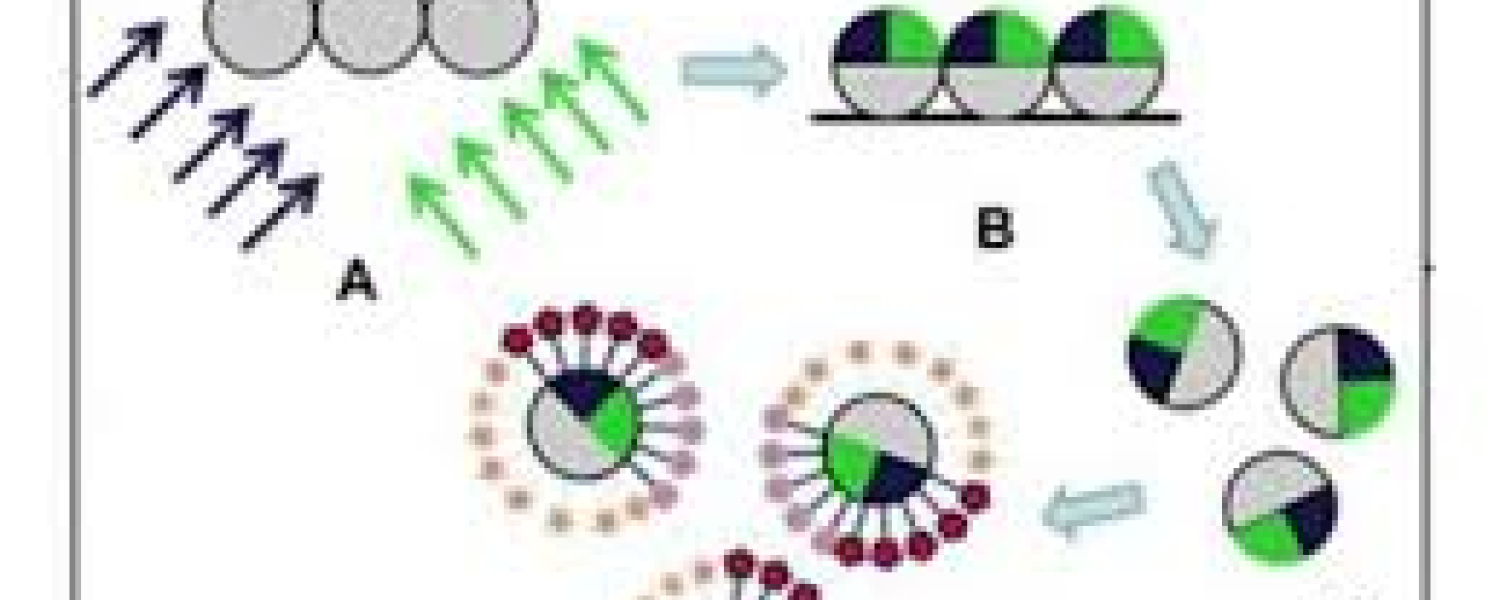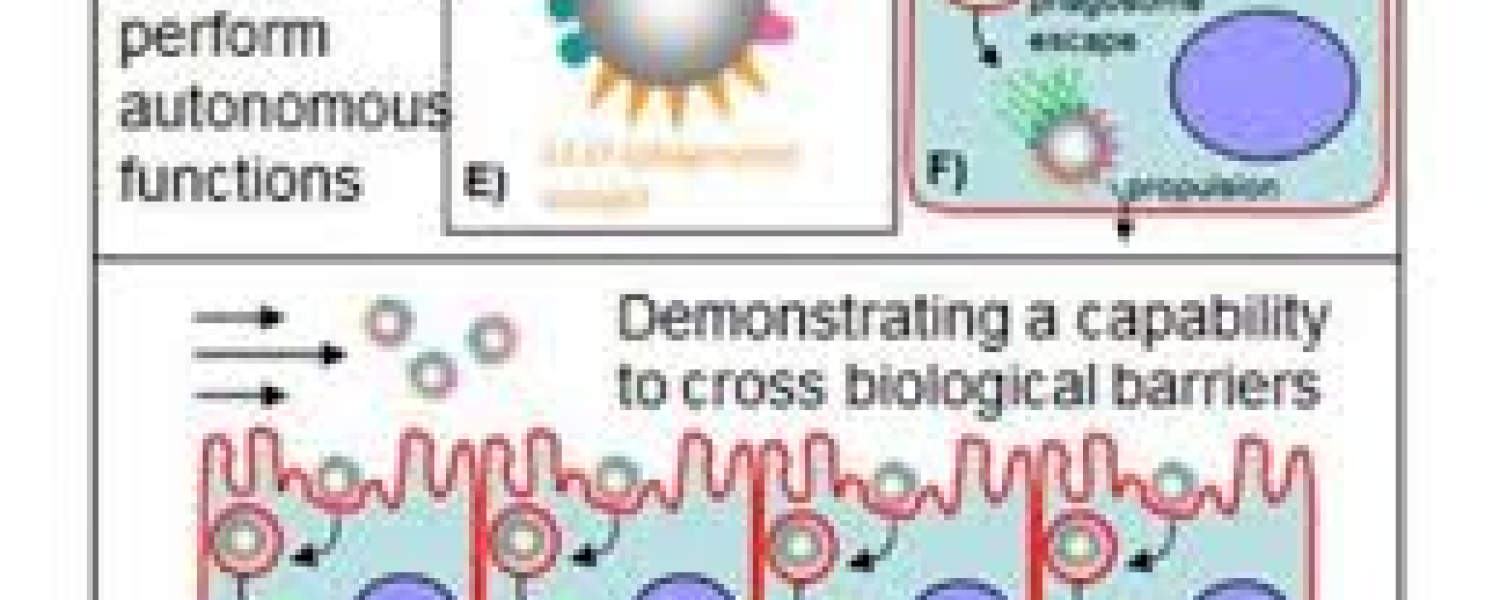

BioBots
University
Course
VPJ
Sponsor
National Science Foundation
Goals
To create autonomous microrobots that can traverse biological barriers within the body by mimicking microorganisms.
Issues
Traversing biological barriers, such as an epithelial layer, can occur through biologically-mediated processes as demonstrated by some microorganisms. For example, the bacterium Listeria monocytogenes can bind to epithelial cells, efficiently induce its own internalization, escape a phagosome, and actuate within the cell cytosol via nucleated actin polymerization to escape the cell. However, designing particles which can accomplish this task is a challenge. We will create multifunctional particles which mimic pathogenic processes in order to enter an epithelial cell layer, actively transport across the cell, and to exit the cell layer on the basal side. These particles will be created with microfabrication shadowing technology to produce chemically-distinct regions on the particle surface to which we conjugate effector proteins which mediate each of the transcytosis steps. We will demonstrate orthogonal protein conjugation combinations so that we selectively attach only one protein type at high density to each spatially-defined region. We will then test the effectiveness of the biologically inspired microrobots to cross epithelial barriers.
Tools and Methods
Microparticle self-assembly
Microfabrication
Protein Cloning
Protein Conjugation
Cell Culturing
Fluorescent Microscopy
Desired Majors
Biochemistry
Biology
Biomedical Engineering
Chemical Engineering
Chemical and Biomolecular Engineering
Computer Engineering
Electrical Engineering
Mechanical Engineering
Physics
Sponsor
National Science Foundation